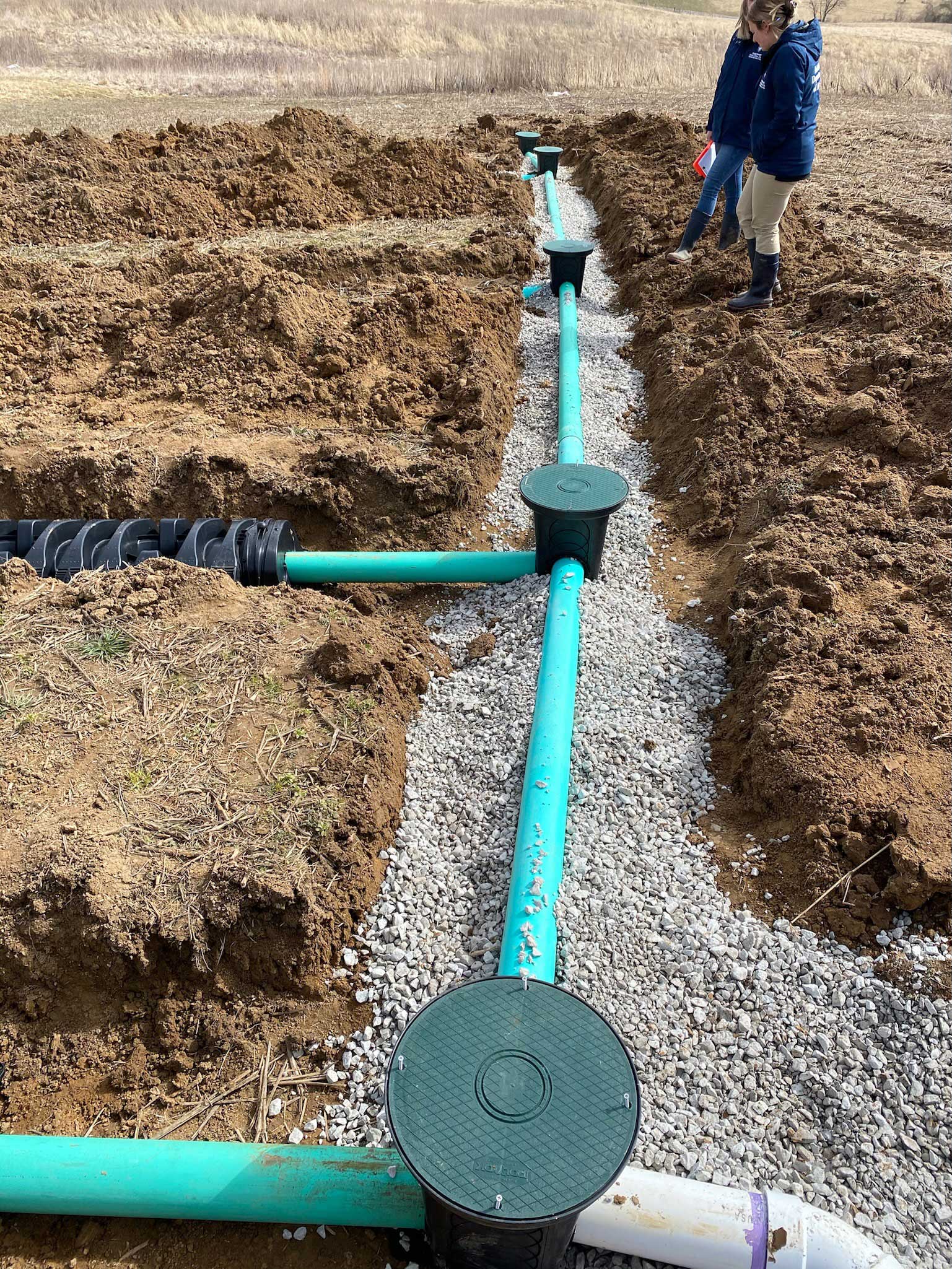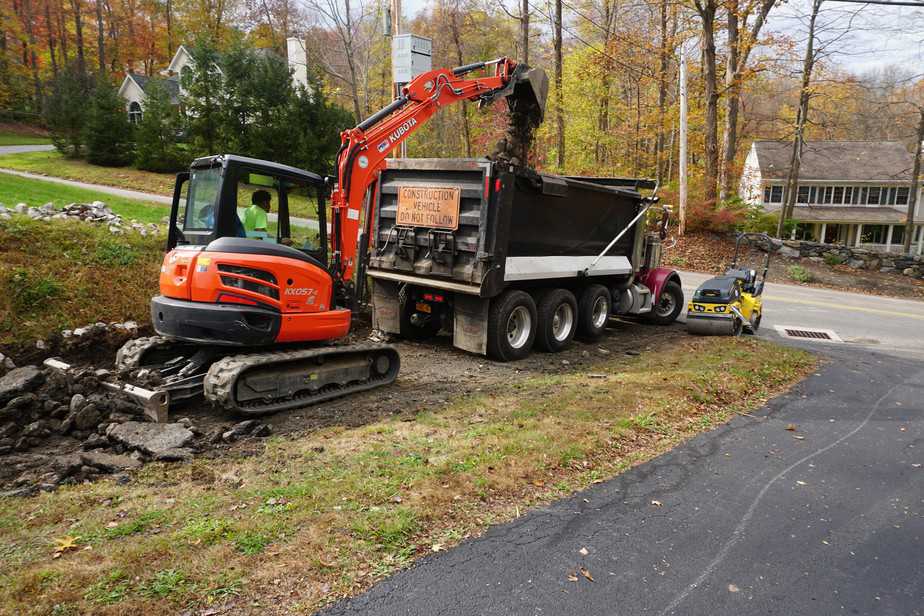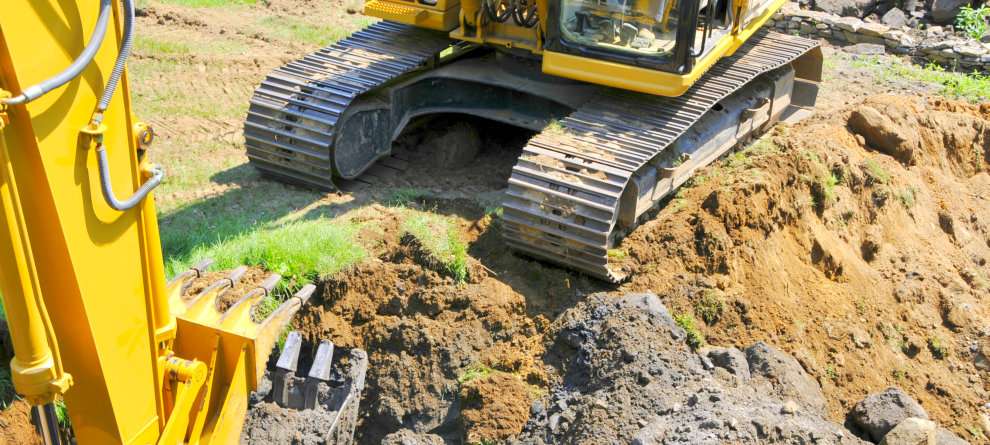Ideal Dump Truck Companies in Ohio - Top-Rated Dump Truck Providers
Ideal Dump Truck Companies in Ohio - Top-Rated Dump Truck Providers
Blog Article
Comprehensive Excavation Techniques: Grasping the Basics for Success
In the world of building and civil engineering, the relevance of effective excavation methods can not be overemphasized. The mindful preparation, precise implementation, and careful attention to detail needed in excavation tasks demand an extensive technique that incorporates various essential elements. From initial soil evaluation to the application of precaution and regular progression surveillance, mastering these core aspects is necessary for accomplishing success in any type of excavation venture. Nonetheless, real mastery lies not merely in comprehending these fundamentals yet in perfectly incorporating them to navigate the complexities of excavation projects with finesse.
Understanding Excavation Project Planning

The initial phase of any kind of excavation project is the planning stage, where critical decisions are made that can substantially influence the outcome of the project. Comprehending the job range, budget plan, and timeline restrictions is critical for creating a comprehensive excavation plan that guarantees the job's success.
One secret element of excavation job preparation is the advancement of a thorough timeline that lays out the sequence of tasks, due dates, and landmarks. This timeline works as a roadmap for the task group, permitting them to track development and make needed modifications to guarantee the job stays on timetable. In addition, a distinct budget plan that accounts for all expenses, consisting of devices rental, labor costs, and products, is crucial for staying clear of expense overruns and delays. By carefully taking into consideration all these aspects during the drawing board, excavation projects can be executed successfully and efficiently, leading to effective results.
Soil Evaluation and Website Assessment
Performing complete dirt analysis and site analysis is a vital action in the preparation stage of any kind of excavation job. Soil evaluation entails establishing the composition, structure, and homes of the dirt at the excavation website. This information is essential for comprehending the dirt's bearing ability, wetness web content, and possibility for erosion, which are key aspects in establishing the excavation approaches and equipment needed for the project.
Site assessment exceeds soil analysis and includes a wider analysis of the total website conditions. This assessment includes determining any type of prospective threats, such as below ground energies, ecological worries, or unsteady surface, that might affect the excavation procedure. By completely assessing the website, job supervisors can create reliable excavation approaches that focus on safety and security, efficiency, and environmental management.
Utilizing innovative modern technologies like ground-penetrating radar, dirt tasting, and drone studies can boost the accuracy and efficiency of soil analysis and site assessment. Investing time and sources in these preliminary steps can eventually save time and stop expensive delays or problems during the excavation procedure.
Devices Selection and Utilization
Effective excavation projects count heavily on strategic tools choice and utilization try this out to guarantee ideal performance and performance. Selecting the ideal tools for the task is critical in maximizing performance and lessening downtime. Factors such as the kind of soil, depth of excavation, and job scope play a substantial role in determining one of the most appropriate equipment for the task handy.

Along with choosing the appropriate equipment, appropriate use is key to task success. Operators should be trained to take care of the devices securely and successfully - excavating ohio. Normal upkeep checks and timely repairs help avoid failures and make sure consistent performance throughout the task
Safety Steps and Regulations Compliance
In the realm of excavation jobs, prioritizing security actions and conformity with laws is extremely important to making certain a lawfully sound and protected operational setting. Safety and security procedures encompass a range of techniques, including conducting extensive website assessments, applying correct signs and obstacles, and giving ample safety and security training for all employees associated with the excavation procedure. Adherence to regulations, such as OSHA demands in the USA, ensures that the excavation task fulfills the necessary criteria to protect employees, spectators, and the surrounding atmosphere.

Monitoring Progression and Adjusting Methods
How can project managers effectively track the innovation of excavation projects and adjust their strategies appropriately to enhance results? Surveillance progress is crucial for ensuring that excavation jobs remain on track and meet due dates. Project managers can use different tools and techniques to track progress, such as everyday report card, normal website evaluations, and progressed tracking innovations like drones and GPS tracking systems. By continuously keeping track of the task's advancement, supervisors can determine any potential delays or problems beforehand and take aggressive steps to look at here now resolve them.

Final Thought
To conclude, understanding the basics of thorough excavation methods is essential for the success of any task. By understanding project planning, assessing dirt and website problems, picking proper click to find out more devices, abiding with safety regulations, and checking development, task supervisors can guarantee a smooth and effective excavation process. Implementing these techniques will certainly result in effective outcomes and decrease possible threats or setbacks during the excavation job.
The initial stage of any excavation job is the planning stage, where critical decisions are made that can significantly influence the result of the project. Understanding the task budget, scope, and timeline restraints is vital for producing an extensive excavation plan that guarantees the job's success.
Exactly how can predict supervisors successfully track the innovation of excavation projects and adapt their strategies accordingly to maximize outcomes? By very closely monitoring progress and being eager to adjust strategies, job managers can improve the general success of excavation projects.
By understanding task planning, analyzing dirt and website problems, picking ideal tools, abiding with safety and security policies, and monitoring development, project supervisors can guarantee a efficient and smooth excavation procedure.
Report this page